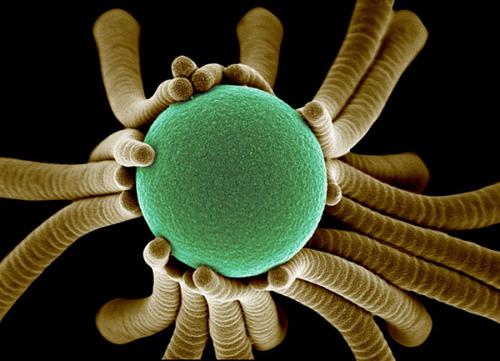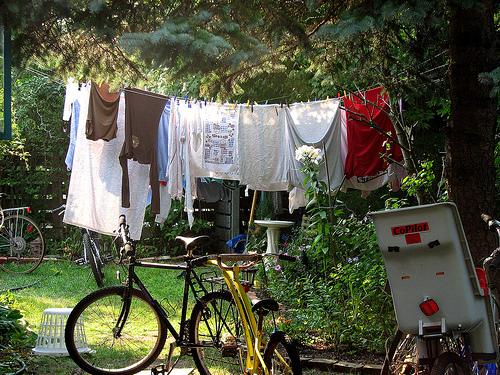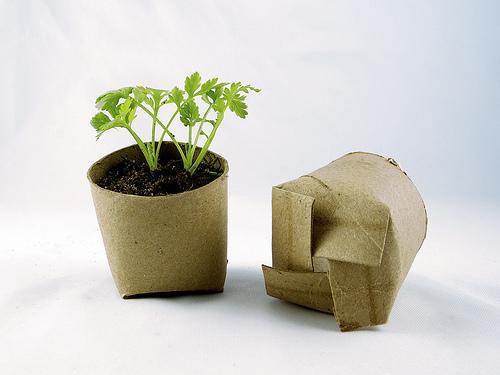What is Green Home?
Talking of green home, the first thing that comes to your mind must be efficient use of energy and also a built structure that must be eco-friendly. Also green home residents must follow a green lifestyle regularly.
In order to achieve energy efficiency, you should use energy-efficient appliances at home, ensure that your home is well-sealed and has proper insulation, and also control exorbitant use of electricity, water and fuel. Your home becomes green home if it has eco-friendly structures that are built from recycled and sustainable materials. These materials are natural ones thus do not release toxins into the indoor air.
The daily activities and the lifestyle that a resident of the green home follows is a green lifestyle which is mainly based on the three pillars; to reduce, to reuse and to recycle. Reduce the number of items you purchase every month, this will reduce your consumption and thus will reduce wastage. Why not reuse something that you need by buying a second-hand version of it or by borrowing it from someone?

Photo by scientificrelevance
You can use empty biscuit tins to store extra cookies, old towels as rags; think before you throw out things and try to reuse it for the same or different purpose. This will not only save you money but also avoid the need to dump these used items in the landfill. Recycle that household stuff which is not of use anymore. Donate books; you can even try vermi-composting. If you can’t recycle at home at least try to purchase items built with recycled stuff to make it a perfect green home.
Your green home is a durable home. Also people residing inside green homes can save quite an amount of their income by spending less on energy and water consumption; and over time, this is bound to add up to huge savings. So here are 15 easy tips to build a dream green home.
30 tips to make home green
Tip 1: Ditch your lawn only and only if you need a soccer ground or a kid’s playground; as because grass demands a great amount of maintenance and is a terrific water guzzler.
Tip 2: Plant native plants rather than rare, exotic species. Plants native to your soil require less care and water. It is a good chance to reduce your cost.
Tip 3: Composting reduces waste that is sent to landfills and also helps to enrich your garden soil. It transforms organic wastes into nutrients for the garden.
Tip 4: Rainwater harvesting helps you to conserve water and in turn reuse the water from the rain barrel to water your garden and lawns or wash your bike or car.
Tip 5: Check for leaks in your toilets. Fix all the leaky toilets, faucets and tanks. Fixing these can help you save up to 600 gallons of water in a month in your green home.
Tip 6: Displace the water in your toilet tank by putting a bag or bottle filled with pebbles and water inside it. This will help to displace water and use less water every time you flush, thus will save about 5 to 10 gallons of water in a day.
Tip 7: Always remember to turn off the water in the sink when brushing your teeth or shaving. Teach these tricks to your kids and by following them you could save up to 4 gallons of water in a minute.

Photo by cubagallery
Tip 8: Better walk if you need to cover a small distance. Its will help keep you fit and also save energy.
Tip 9: Replace your standard light bulbs and tube lights with compact fluorescent light bulbs or CFLs, as these can effectively use 75% less energy and last up to 10 times longer than the standard ones.
Tip 10: Always remember to unplug chargers or other power appliances at your home when not in use and lower your electricity bills.
Tip 11: Try to invest in items like natural-fill, organic cotton bedding, etc as they use recycled or natural materials offering a healthy and green lifestyle to you.
Tip 12: Think before buying large appliances as they are energy guzzlers and take more space for installation. Find the right size appliance that fits your needs and save energy.
Tip 13: Use refrigerators with Energy Stars, do not go below 4 Energy Stars while buying.
Tip 14: Plan your fuel usage, cook with pans covered with lids. It can help to save energy, save money and emit fewer gases into the air.
Tip 15: Buy non-chlorine-based bleach and simple detergents; these will help to keep away from chemicals and toxins.
Tip16: Use cloth instead of paper to clean your kitchen or to dry your hands.
Tip 17: Say ‘No’ to plastic bags. Instead carry jute made bags with you for shopping.
Tip18: Reuse old jars in your kitchen. Use them to store bulk items. Remember the concept of ‘Reuse, ‘Reduce’ and ‘Recycle’.

Photo by professorbop
Tip 19: Use clothesline to dry your clothes instead of using a dryer.
Tip 20: Use renewable energy sources. Install a small solar power plant on your roof or small wind turbine on your backyard.
Tip 21: Subscribe to eco-friendly blogs like Kitchen Stewardship, Live Renewed, Simple Homemade and say not paper bill. Instead, call your telecom company and ask for e-bill.
Tip 22: Turn off lights when not in use. Also, remove curtains during day and let the sunlight come in.
Tip 23: Try to car pool. Not only it will save money for you but also help in reducing the pollution.
Tip 24: Paint the walls of your rooms with no-VOC paint as these emit harmful gases into the air, affecting your health and surroundings.
Tip 25: Get your car serviced when necessary. A car, when overrun, will consume more fuel which will cut your pocket and harm the environment.
Tip 26: Use hot water to wash laundry instead of cold water.
Tip 27: Reuse old paper, Let your child draw paintings or do some mathematical calculations on back of the paper.
Tip 28: Completely switch off all electronic gadgets like computer, printer, TV, at night as they do consume power when put on stand by mode.
Tip 29: Make sure to turn off lights and fans when you leave the room or go out of home. Even consider switching off your refrigerator if you plan to go out of city for holidays.

Photo by 45605988@N03
Tip 30: Reuse toilet paper rolls to grow samplings.

